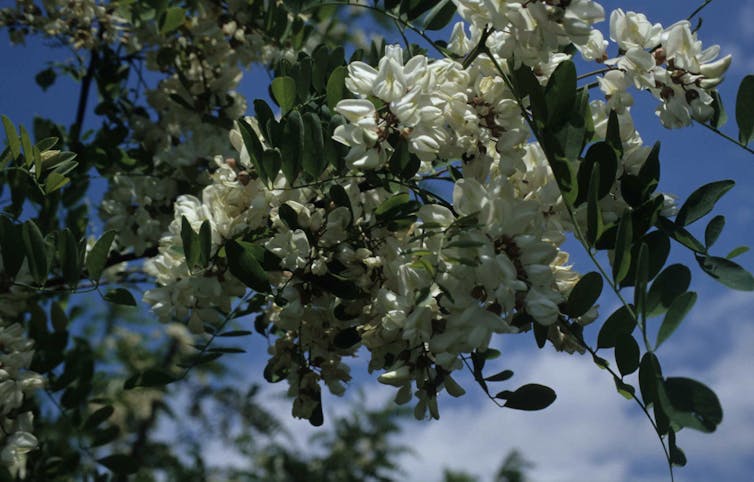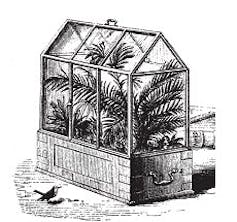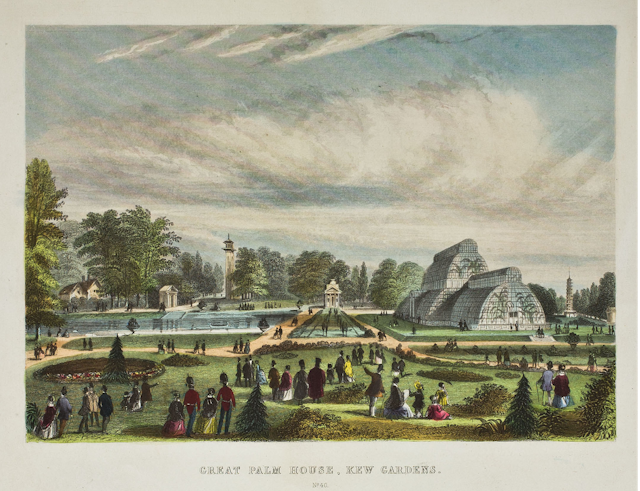A few years ago, one of us (Guillaume) moved to the town of Stellenbosch, in South Africa, and found himself walking through town while being shaded from the sun by European oak trees. The region is famous for its wine, and the oaks were imported centuries ago to make wood for casks. But the difference in climate caused the trees to grow too fast, making their wood unsuitable. The oaks were left to disperse and are now a symbol of a town many thousands of miles from where they evolved.
As avid nature enthusiasts, it can be rather surprising to explore the natural landscape in another region of the world, only to find the same species as at home. This will happen especially often if you are from Europe. But why is this the case?
As with many things, the answer is humans. Given our movement across the globe, we have always redistributed so-called “alien species” beyond their native areas where they naturally evolved. Some of these alien species have become deeply embedded, for example South American chillies across Asia and potatoes and tomatoes worldwide. This species redistribution became truly global when Europeans started to establish colonial empires across the world in the late 15th century.

We recently investigated the alien flora of four European empires (British, Spanish, Portuguese and Dutch) and showed that regions that were once occupied by the same European colonial power are still more similar today compared to other regions not occupied by the same power. The longer regions were occupied by a colonial power, the more similar they are to each other. Our study has just been published in the journal Nature Ecology and Evolution.
Why move plants in the first place?
In the initial phase of European expansion, explorers and settlers imported plants to ensure their settlements had enough food to survive. Later on, species were also introduced for aesthetic and nostalgic reasons. Over time, the exchange of plant species between the “Old” and “New” worlds flourished with species being introduced to and from the colonised regions, mainly for food, fodder and horticulture, laying the groundwork for the establishment of the “alien floras” we see today.

During the 19th and early 20th century, global exchange of plant species was especially intense. This was mainly driven by botanical gardens and so-called “acclimatisation societies” which exchanged plants across the empires for science, medicine, horticulture or economic exploitation.
At the height of the British Empire, it had more than 100 botanical gardens and 50 acclimatisation societies, with one of the most prominent being Kew Gardens in London. These tendencies were further strengthened by a boom in ornamental horticulture in Europe and an increasing thirst for new exotic plants.
Longer occupation means more alien plants
The European empires often established strict preferential trade policies to make sure that commodities and plants were mainly traded among regions they had colonised. As a result, specific plants were also traded more frequently within each empire. Over time, this led to the accumulation of largely similar alien floras among these regions, especially in regions that were occupied for a long time.

Some regions were particularly well integrated in the empire network as they were important to its economy, administration or overall strategy. Such regions generally had more shipping traffic and subsequently more plants were moved through and established there. For example, islands such as the Azores or St Helena were important stopover destinations on transoceanic voyages. The South African cape region and south and south-east Asia were also crucial for the international spice trade.
But why should we actually care?
Of the many alien species humans have and keep on transporting around the globe, some can become widespread and cause problems where they have been introduced. Those species are called invasive alien species. Famous examples include gardener’s nightmare Japanese knotweed, which can outcompete many native plants, or black locust trees, which were introduced to Britain in the early 17th century as an ornamental plant but can strongly change the environments they invade.
In the UK alone, the cost to mitigate their impacts has been estimated at between £5.4 billion and £13.7 billion since 1976. Understanding which alien species become invasive is one of the big challenges to science, and often such negative impacts only manifest long after the species has first been introduced to a region.
Our research shows that we can still observe the legacy of European colonialism on the distribution of alien plants long after their empires have fallen apart. At the same time global trade and movements of people have increased tremendously since the colonial era, leading to even more species being exchanged, which will affect biodiversity far into the future.
In order to reduce the problems caused by some of these species, we must urgently implement global policies to limit their spread and mitigate their impacts.

